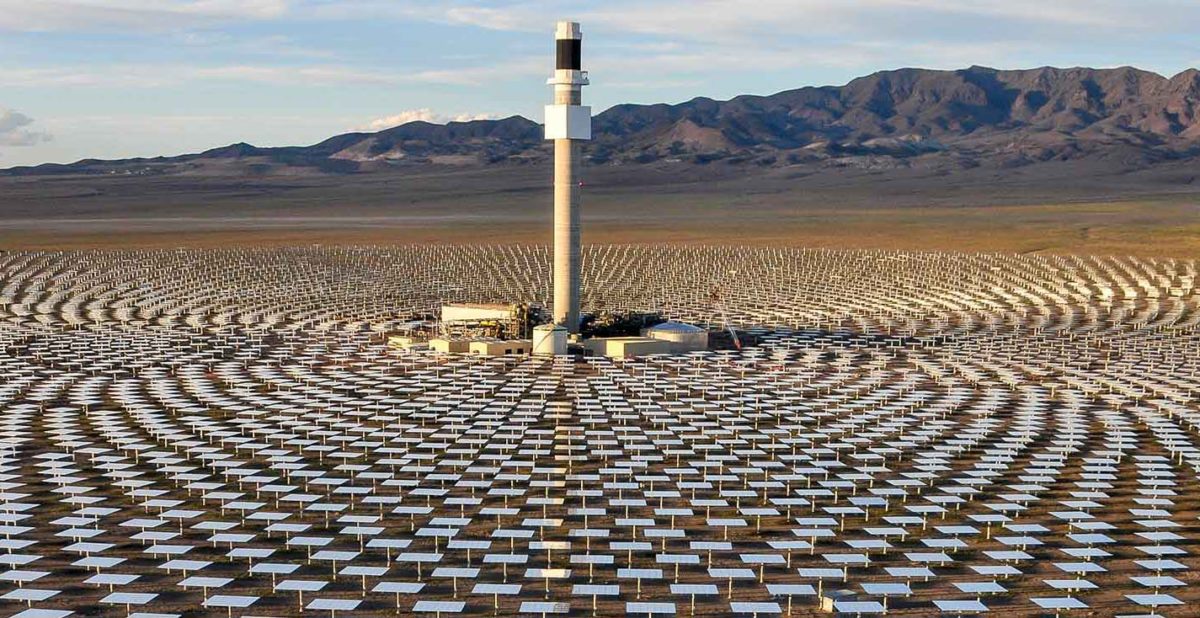https://pv-magazine-usa.com/2022/02/11/coalition-received-1-7-million-from-three-california-utilities-to-support-nem-3-0-a-rooftop-solar-killer/
Coalition received $1.7 million from three California utilities to push NEM 3.0, a rooftop solar ‘killer’

Image: Wikimedia Commons
Three investor-owned utilities, Pacific Gas and Electric (PG&E), Southern California Electric (SCE), and San Diego Gas and Electric (SDG&E) contributed a combined $1.7 million in 2020 to the Affordable Clean Energy for All coalition, reports Yahoo Finance. The group was focused on cutting the value of rooftop solar by dramatically cutting payments for excess solar energy generation, and adding a fixed $8/kW fee per month, a cost of $64 a month to a typical 8kW system owner.
The NEM 3.0 proposal was met with heavy resistance from industry leaders, environmental and working groups, grid experts, and solar-supportive Californians. With a rooftop solar economy half the size of the entire United States potentially on the line, these groups actively fought the proposal, which was ultimately delayed indefinitely.

Image: CALSSA
One of the central foundations of the utility-supported coalition is combatting the “cost shift”, which is the argument that paying for excess solar generation at a retail rate results in higher costs for the utility, which, in turn, leads to higher costs for non-solar customers. California utilities claim current solar customers impose a cost of $2.8 billion to the grid, adding $200 to every non-solar customer’s bill every year.
Under that framework, the group built NEM 3.0, a proposal that was estimated by EQ Analysts to cut the value of solar by 57-71% for an average solar owner. The California Solar and Storage Association (CALSSA) said that $4 billion in economic activity, 65,000 jobs, and thousands of small businesses were at stake under the proposed decision.
Cost shift?
Sixteen state-level studies, according to the Solar Energy Industries Association, have disproven the cost-shift argument, as has a national study, completed by Lawrence Berkeley National Lab. Berkeley found that 40 of the 43 states and Washington D.C. with net metering programs have a negligible cost increase attributed to solar.
CALSSA said the foundational ideas of the cost shift argument are flawed. First, the idea that energy not purchased from a utility is a direct cost shift on all other ratepayers is a flawed concept. CALSSA argues that facilities with solar, even without energy storage, self-consume at nearly 50%. This means they are drawing 50% less power from the grid during bright, sunny times, where air conditioners draw high energy loads and the grid is stressed. This causes supply and demand relief, which CALSSA said would cut the impact of the cost-shift as presented in half. As more batteries are added, self-consumption raises, further providing relief for the grid.

Image: Energy Estate
The second flaw CALSSA notes is that utilities assume fixed costs going forward, particularly in the buildout of more infrastructure. The utility profits from the buildout of transmission, and can justify more buildout and more peak demand charges during times of high energy need on the grid, said CALSSA. By blocking rooftop solar, the utilities effectively keep demand high, especially at crucial high-demand times. California’s investor-owned utilities have spend roughly $20 billion on infrastructure and taken in $20 billion in profits in the last twenty years.
CALSSA also said the utilities improperly calculate the future value of solar in its cost-shift model. Most solar arrays are built to last 25 years or more, but the utilities use a nine-year assumption when calculating future value. It said the utilities also improperly value the present value of rooftop solar systems, using historical data from a much different grid and market profile.
Finally, CALSSA argues the coalition’s evaluation misrepresents costs of solar fields vs. rooftop solar. Affordable Clean Energy for All, claims non-solar customers pay $0.25/kWh for rooftop solar instead of $0.03/kWh from a utility-scale solar field. Comparing wholesale prices versus retail energy credits is based on false equivalencies. A home buying electricity from a solar farm located hundreds of miles away is different than crediting a local school’s rooftop for power shared in the same neighborhood. Transporting the electricity across hundreds of miles of wires into Los Angeles causes efficiency losses and causes large costs in supporting the infrastructure that delivers it. With all these arguments taken together, CALSSA said the utility’s own cost shift argument dissolves from a $200 per year cost to about $25 per year, or $2.08 per month.

Image: Environmental Working Group
CALSSA argues the “real cost shift” is the one utilities place on ratepayers by perpetuating the cycle of infrastructure buildout to deliver power from distant sources. Transmission and distribution costs have climbed 66% in PG&E territory alone since 2016, and unpaid bills from transmission construction and maintenance among utilities exceed $19 billion.
Long-distance transmission causes increased risk of wildfire, not only further costs, but taking the lives and homes of many Californians. In 2017 alone, PG&E’s downed transmission lines were found to be the cause of $7.5 billion in damages. Recently, a new Californian state agency established by the Newsom administration called the Office of Energy Infrastructure Safety announced it granted PG&E a special provision to recoup wildfire costs from electric ratepayers by raising rates.
Responding to the news of the $1.7 million combined contribution to the Affordable Clean Energy for All coalition, Environmental Working Group president Ken Cook said, “If there is one thing PG&E and the other big utilities do well, it is to buy influence and political cover. This front group, masked as some grassroots coalition, has provided that cover as utilities try to quash rooftop solar.”
This content is protected by copyright and may not be reused. If you want to cooperate with us and would like to reuse some of our content, please contact: editors@pv-magazine.com.




